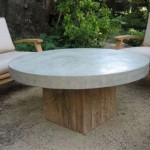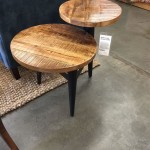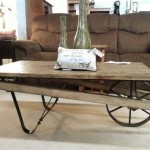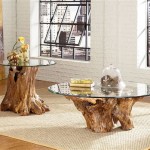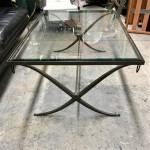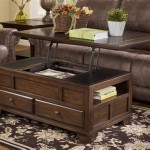What Is A Table Planer Used For?
A table planer, also known as a thickness planer or surface planer, is a woodworking power tool used to smooth and level the surfaces of wooden planks by removing a thin layer of material. It consists of a rotating cutter head with sharp blades that spin at high speeds to cut away the uneven parts of the wood, resulting in a flat, uniform surface. Table planers are widely employed in woodworking shops, carpentry, and furniture making to prepare lumber for various projects.
Essential Aspects of a Table Planer
Several key aspects contribute to the functionality and effectiveness of a table planer:
- Cutter Head: The cutter head is the heart of the planer, housing multiple blades that rotate rapidly to shave off wood fibers and level the surface. The number of blades, their sharpness, and the speed of rotation determine the efficiency and smoothness of the planing process.
- Infeed and Outfeed Tables: These tables support the workpiece before and after passing through the cutter head. They provide a stable surface for the wood to rest on, ensuring precision and preventing sniping or tear-out (when wood fibers are pulled or splintered during planing).
- Depth Adjustment: The depth of cut can be adjusted to control the thickness of the material removed. This allows for precise control over the final thickness of the workpiece.
- Feed Rate: The feed rate determines the speed at which the workpiece passes through the machine. A slower feed rate results in a smoother surface finish, while a faster feed rate increases efficiency but may compromise surface quality.
- Dust Collection: Table planers generate a significant amount of dust, which can be harmful if inhaled. To maintain a clean and healthy work environment, most planers feature dust collection ports that can be connected to a dust collector.
Applications of Table Planers
Table planers are versatile tools used for a wide range of woodworking applications, including:
- Leveling Rough Lumber: Planers are used to flatten and smooth rough-sawn lumber, making it suitable for various woodworking projects.
- Joint and Edge Planing: Planing the edges and faces of boards creates precise joints and tight-fitting connections.
- Thicknessing: Planers can be used to reduce the thickness of boards to specific dimensions, ensuring uniformity in thickness for projects.
- Surface Smoothing: Planing removes surface imperfections, such as knots, raised grain, or unevenness, resulting in a smooth, consistent finish.
- Reclaiming Wood: Planers can breathe new life into old or weathered wood by removing damaged or decayed layers, restoring its original beauty.
Safety Considerations
Working with table planers requires proper safety precautions:
- Wear Safety Gear: Eye protection, ear protection, and a dust mask are essential to minimize exposure to flying wood chips and dust.
- Secure the Workpiece: Ensure the wood is firmly secured to the infeed and outfeed tables to prevent kickback or uneven planing.
- Maintain Sharp Blades: Dull blades can increase the risk of accidents and produce poor surface quality. Regularly replace or sharpen the blades to maintain optimal performance.
- Avoid Overfeeding: Pushing the workpiece too quickly through the planer can strain the machine and result in uneven planing or damage to the blades.
By following these safety guidelines and using table planers carefully, woodworkers can enjoy the benefits of smooth and precisely planed surfaces for their woodworking projects.

Which Comes First Planer Or Jointer The Wood Whisperer

What Does A Wood Planer Do

Parts Of The Planer Woodworking Machinery

Thickness Planer Wikipedia
Planer Machine Parts Working Operation Types Advantages With

Electric Table Wood Portable Planer

Best Benchtop Thickness Planer Head To Tool Box Buzz

What Is Planer Machine Definition Parts And Types

Wood Professional Heavy Duty 500mm Woodworking Surface Bench Planer Jointer

1 3kw Woodworking Planing Table Saw Multi Function Desktop Planer Drilling Machi
Related Posts


